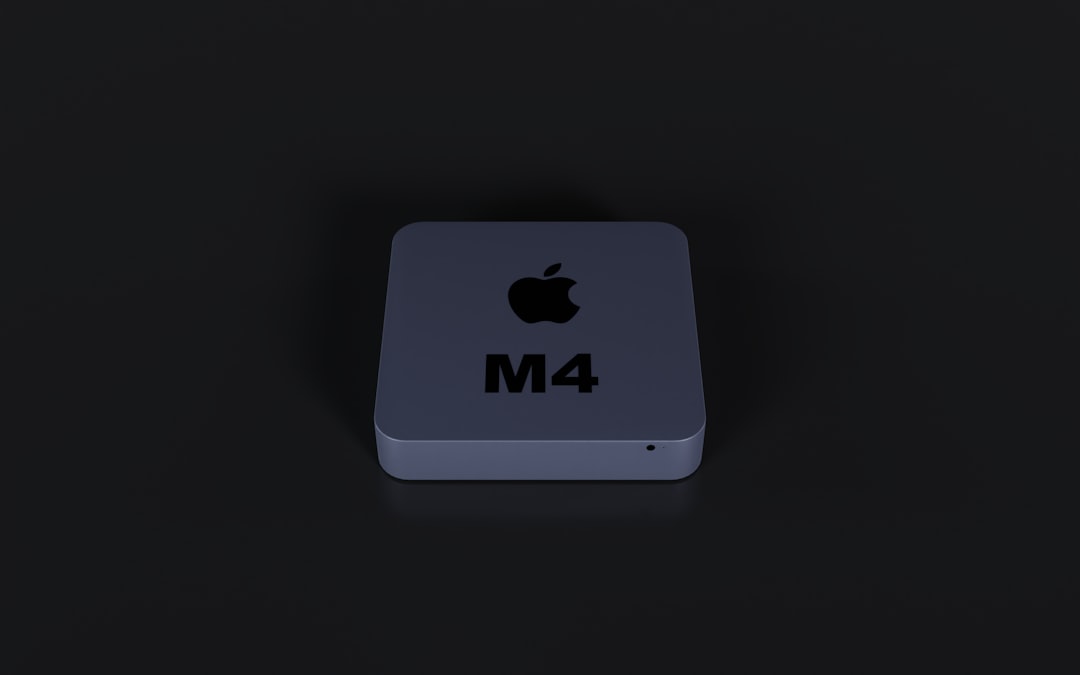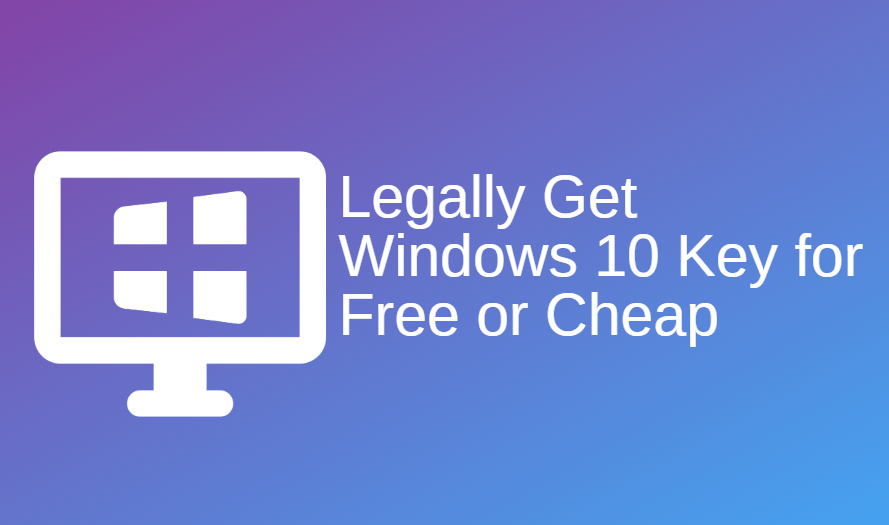Logos are everywhere. From your morning coffee cup to your favorite app, logos help you recognize brands instantly. But behind those tiny graphics is a whole world of creativity and strategy.
TLDR: Logo iconography is all about the symbols, letters, or combinations of both that make up company logos. Symbols are visual icons, lettermarks use text, and hybrid marks mix both worlds. Each type has its own strengths and is used in different ways depending on the brand. Understanding these helps you appreciate the thought behind your favorite brands’ logos.
What is Logo Iconography?
Logo iconography refers to the graphic elements used in branding design. These icons represent a company’s identity. They’re not random drawings. They’re carefully crafted pieces of art with meaning.
There are three main types:
- Symbol-based logos
- Letter-based logos
- Hybrid logos
Symbol-Based Logos
This is the classic image logo. Think of Apple’s apple or Twitter’s bird. These logos don’t need words to be recognized.
Why symbols work:
- They’re simple and visual.
- They stick in your memory.
- They can still represent a brand even without text.
But here’s the catch: they work best for well-established brands. If no one knows you yet, a symbol with no text might confuse people.
Famous examples:
- The Apple logo (an apple with a bite!)
- The Twitter bird
- The Nike swoosh

Letter-Based Logos
Sometimes simple letters are best. These logos use typography to form their identity. They can be initials, acronyms, or even a full brand name in a unique style.
Common types of letter logos:
- Lettermarks – Think IBM, CNN, NASA
- Wordmarks – These use the entire brand name, like Google or Coca-Cola
Why use letters?
- They are direct and easy to read.
- They instantly tell you the name of the brand.
- They’re perfect for long, complicated names that need shortening.
Design matters here: Typeface choice, spacing, and color are everything. The font becomes the identity.
Famous examples:
- IBM (Lettermark)
- Google (Wordmark)
- FedEx (Notice the clever arrow in the logo!)
Hybrid Logos
Why choose one when you can have both? Hybrid logos mix symbols with text. This combo creates a well-balanced identity. It’s the best of both worlds!
Example time:
- Adidas (Text + trefoil or three stripes icon)
- Pepsi (Text + globe icon)
- Doritos (Name + triangle chip symbol)

Why go hybrid?
- The image grabs attention.
- The text tells the name.
- You can use the icon alone once people recognize it.
Startups often begin as hybrids. As they grow, they sometimes drop the text and stick with a symbol only. Ever seen the Starbucks logo without any words? That’s a power move made possible by strong hybrid branding over time.
Choosing Which One to Use
This is where it gets fun. Choosing the right logo type depends on your brand’s personality, audience, and future goals.
Here’s a quick guide:
- Use a Symbol if your brand is visual, emotional, or already well-known.
- Use a Lettermark if your brand has a long name or tricky pronunciation.
- Use a Wordmark for newer brands that want high name visibility.
- Use a Hybrid to enjoy flexibility and build up recognizability over time.
Design Tips for Any Logo
No matter which style you choose, there are a few golden rules:
- Keep it simple – Complicated logos confuse people.
- Be unique – Don’t copy what’s already out there.
- Make it scalable – It should look great on a giant billboard or a tiny app button.
- Choose the right colors – Colors influence mood and perception.
- Test it in black and white – Good design should work without color.
A good logo is a powerful asset. It’s not just design—it’s identity, marketing, and storytelling rolled into one.
Logos That Changed Over Time
Even legendary logos evolve. Here are a few brands that updated their marks:
- Instagram went from a vintage camera to a bright, simple icon.
- Airbnb introduced the Bélo logo—a symbol of “belonging.”
- Pepsi has had many logo makeovers since 1898.
Why do they change?
- To stay modern
- To reflect company growth
- To stay ahead of trends
Logo changes can be risky, but if done right, they make a brand feel fresh and current.
Bonus: Hidden Meanings!
You’ve probably missed some of these cool details:
- Toblerone has a bear hidden in the mountain.
- Amazon has a smile from A to Z (they sell everything!).
- Baskin Robbins hides “31” in its logo, for 31 ice cream flavors.
Designers love sneaking in clever messages. It adds depth and makes logos fun to look at.
Final Thought
A logo might be small, but it does big things. It tells people who you are, what you do, and why they should care. Whether it’s a symbol, a letter, or a mix of both, your logo is your brand’s handshake to the world.
So next time you see a logo, take a closer look. There’s more than meets the eye.
What’s your favorite logo?
Is it simple, quirky, bold, or classic? Now you know what to look for!





